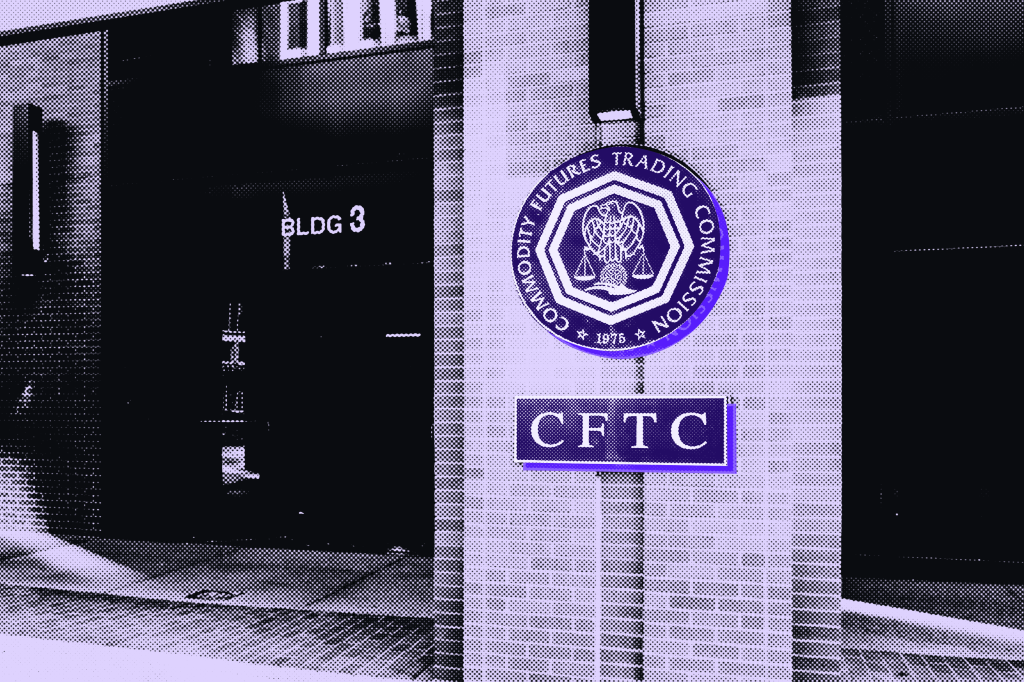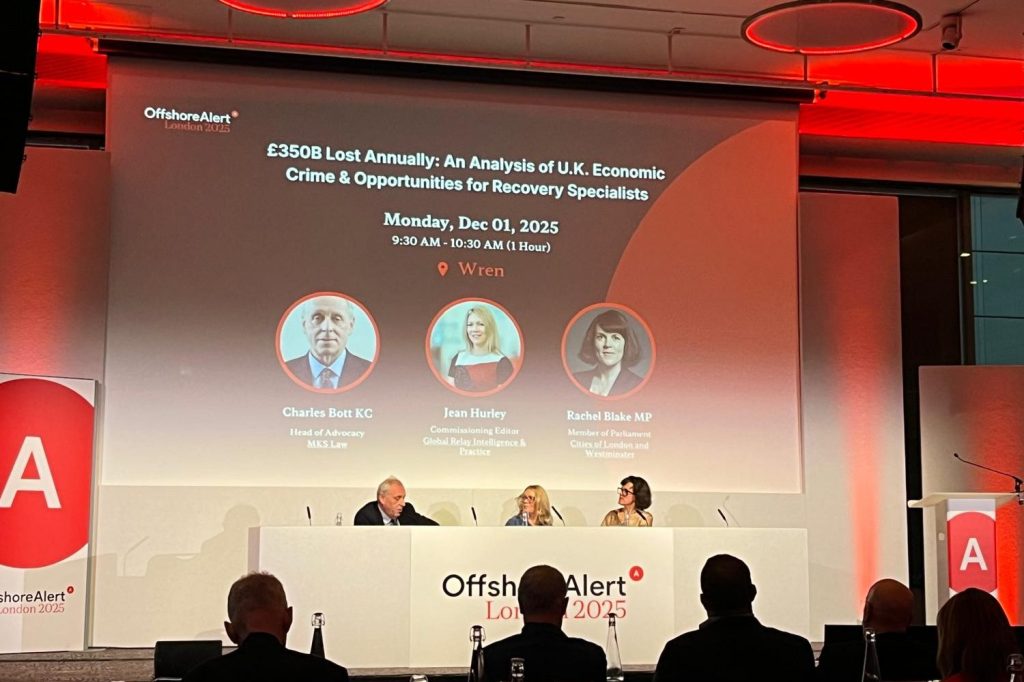Our brain processes images 60,000x more quickly than it does text, making every picture worth 60,000 words. As further proof of our strong inclination to process images, studies show 90% of the information transmitted to our brain is visual.
That we are a highly visual lot helps to explain why we relate
Register for free to keep reading.
To continue reading this article and unlock full access to GRIP, register now. You’ll enjoy free access to all content until our subscription service launches in early 2026.
- Unlimited access to industry insights
- Stay on top of key rules and regulatory changes with our Rules Navigator
- Ad-free experience with no distractions
- Regular podcasts from trusted external experts
- Fresh compliance and regulatory content every day
















